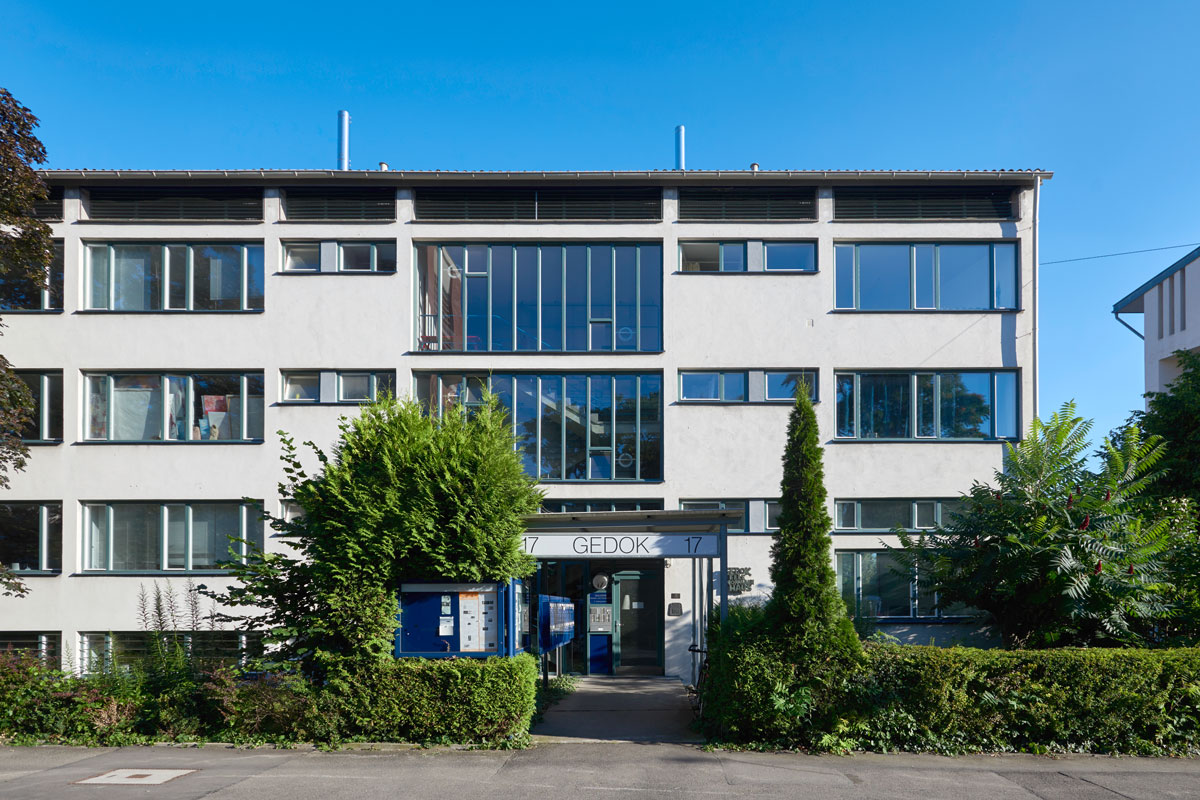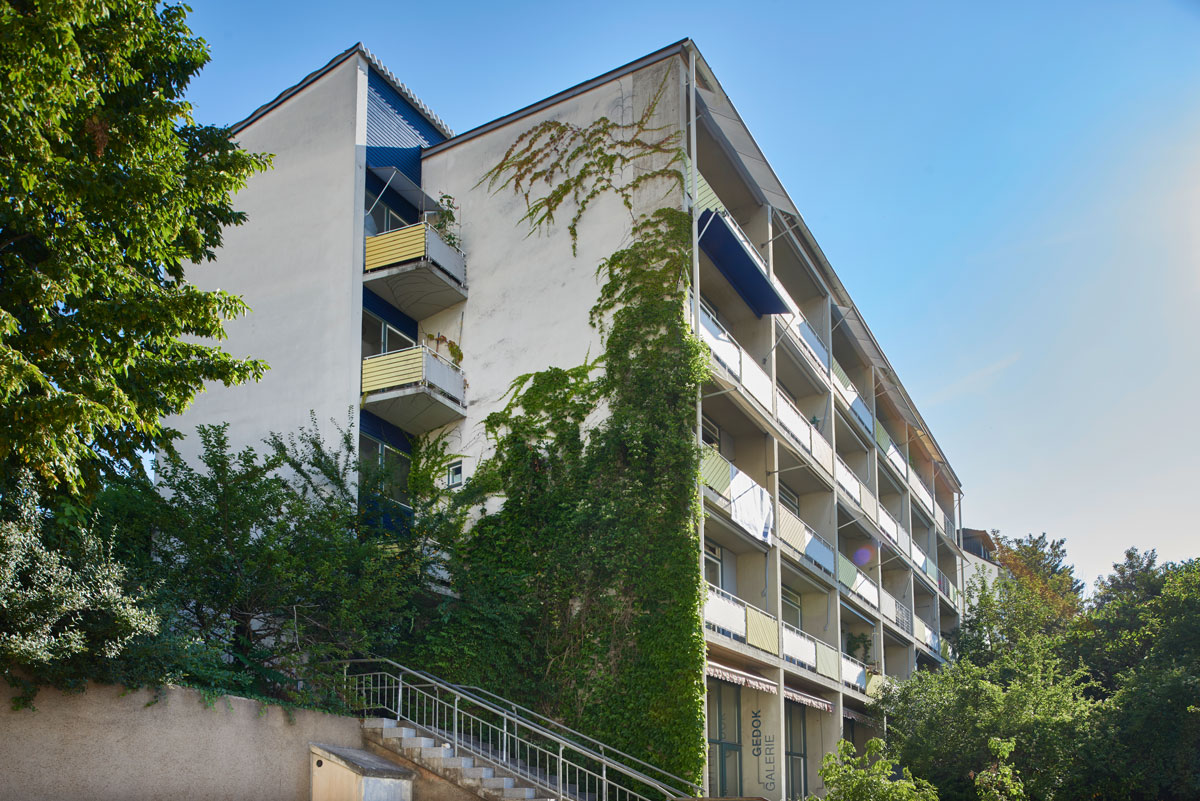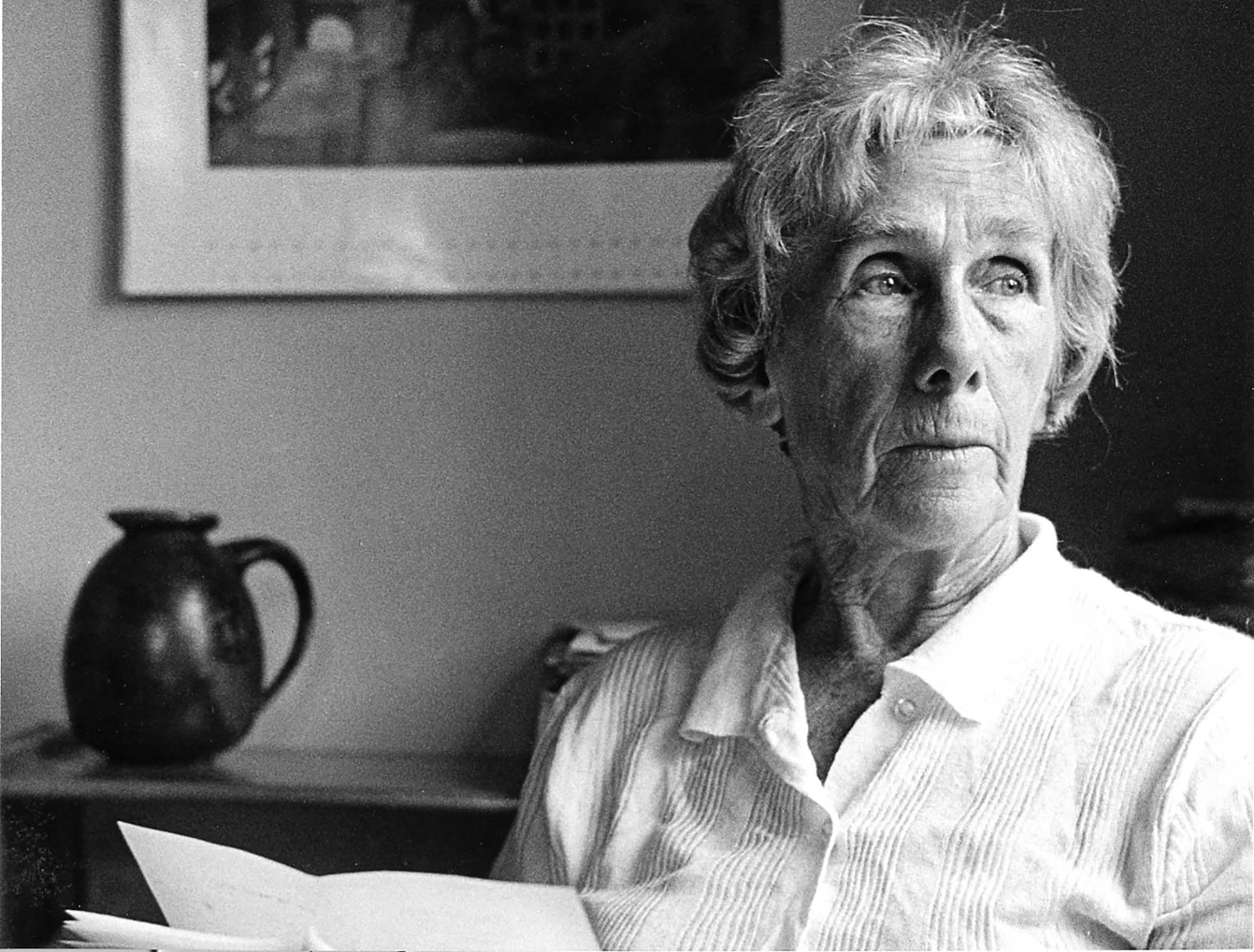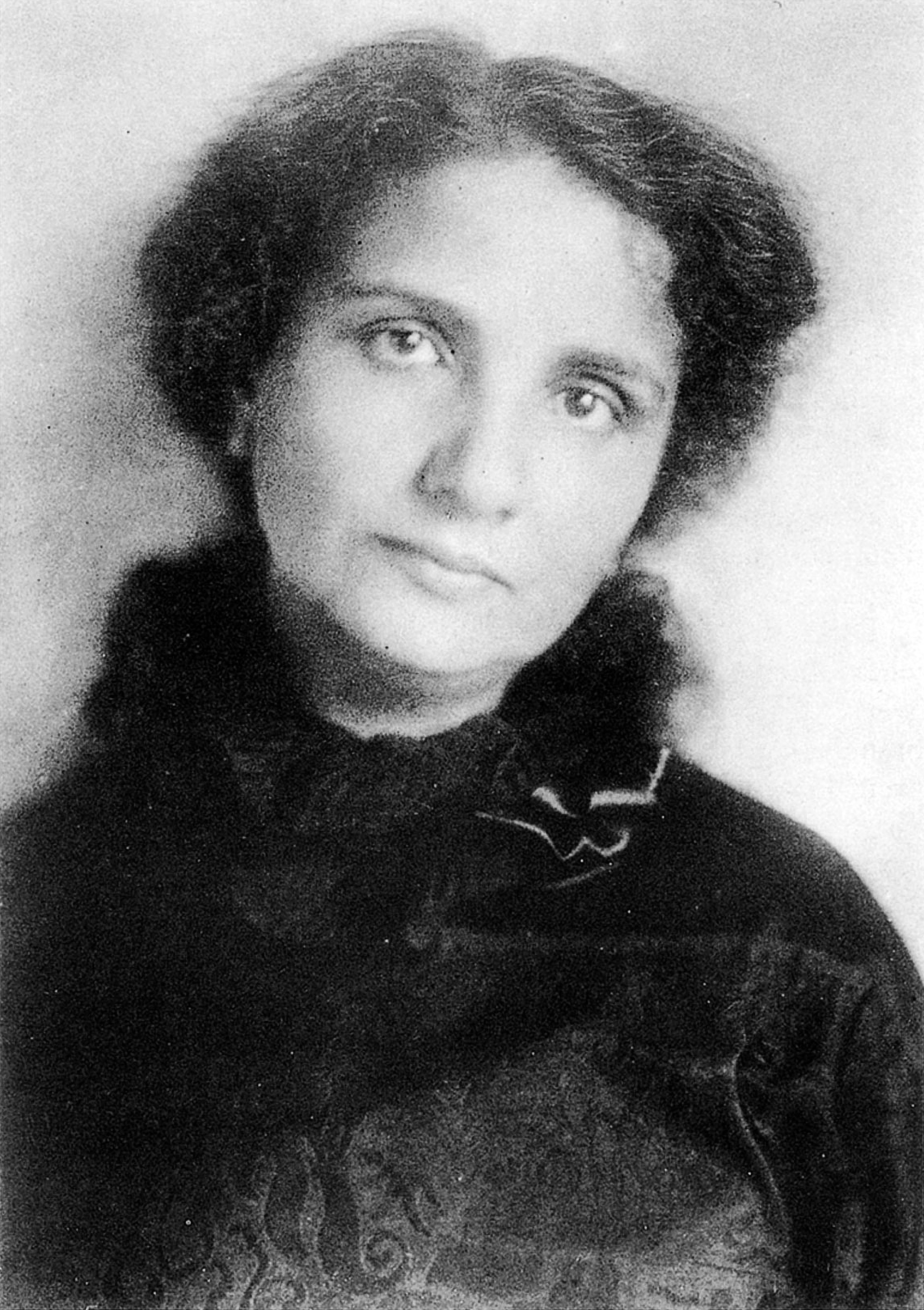Profile




GEDOK STUTTGART Today
›At the same time, I began to understand something of what could be described as GEDOK’s programmatic responsibility: giving such artistic occurrences a place. I was excited‹.
Ralf Christofori: Excerpt from: Pirouetten im Spagat. In: 50 Jahre Gedok-Haus Stuttgart, 2005.
GEDOK Stuttgart is an undogmatic network of artists; a cross-disciplinary cultural center; a place for exchange and encounter; a platform for the most varied forms of artistic expression.
Supported by the commitment of the members, GEDOK brings out a program of events three times a year with exhibitions, concerts, readings, performances, workshops, lectures, studio visits and parties, in which members and non-members, women and men are involved. Since the gallery is not commercial, it also offers the artists a space to easily share ideas, concepts and experiments with the public. GEDOK Stuttgart is institutionally funded by the art sponsors of GEDOK Stuttgart, the City of Stuttgart and the State of Baden-Württemberg.
GEDOK is interdisciplinary. It unites artists from the visual arts, applied arts, performing arts, from literature, to dance and music – all under one roof. The guiding principle of GEDOK Stuttgart can also be derived from this open structure: Exchange.
Cooperation with other cultural institutions; the international exchange program with the twin cities of Stuttgart; and the sponsorship of the children’s and youth baroque orchestra ›Die Telemänner‹ are the cornerstones of GEDOK’s self-image.
The Federal Association of GEDOK e.V. is politically active in various committees (see https://gedok.de/ueber-uns/netzwerke/).
Gedok e.V. is non-profit and is organized on a voluntary basis. The association currently has more than 2,750 members in 23 German cities (as of May 2020, source: www.gedok.de).
The development of GEDOK Stuttgart
›If the city could now spare as much for an artists’ home as it does for the animal asylum - namely 25-30,000 DM, our plan to build an artists’ home would be secured. And, as sorry as we are for the animals, - can’t we compel an understanding of this need among our artists? - I think so!‹
Elle Hofmann to the cultural department of the city of Stuttgart, end of May 1951
The history of GEDOK Stuttgart is closely linked to women with strong personalities. Elle Hoffmann, who had been part of the executive committee since the foundation of the Stuttgart Local Group in 1937 and who helped steer the fortunes of GEDOK Stuttgart for 19 years after 1945, was a woman who ›tenaciously went her way‹. Together with the artists, she organized festive evenings and events in the post-war period, which was characterized by economic hardship, which met with such great interest that neither existing improvised rooms nor chairs were sufficient. Part of the proceeds went to a fund for women artists. From 1951 on, GEDOK Stuttgart looked for its own event rooms. The plan for an artist’s own house was slowly taking shape.
Elle Hoffmann struggled tenaciously for funding for two years, and in 1953 the construction of the GEDOK house with its 34 living studios and event room for exhibitions and concerts, specially tailored to the needs of female artists, could begin. In 1955 the first female artists moved into the house designed and built by the architect Grit Bauer-Revellio. In 1958 an extension with three residential studios and a ballet hall was added.
Around 20 female artists from varying artistic disciplines live and work within the two studio-apartment blocks at GEDOK STUTTGART, which today forms a hub of diverse artistic association life; what with activities that forge exciting integrations that revolve around both living and the creation of artistic work; thereby, creating a stimulating atmosphere of interdisciplinary exchange in which encounters can flourish to communally galvanise the residents of varying age.
The foundation of GEDOK
›... Doesn’t want to be an association in the old sense, but a real union; I dare to say: a community, united in the goal of mutual enrichment‹.
Ida Dehmel, Mannheim speech, 1927. In: Ariadne. Almanac of the archive of the German women’s movement. Issue 8, July 1987.
GEDOK was founded by Ida Dehmel in Hamburg in 1926, at a time when gender equality had theoretically found its way into the Weimar Constitution; but in practice it was by no means the norm. Ida Dehmel was an extraordinary woman who thought far beyond the boundaries of genre and social class and who was equally committed to art and women’s rights. The fact that she is largely unknown today is due to two criteria that led to social invisibility at the time: she was a woman and a Jew. In 1942 she took her own life.
Notwithstanding, Ida’s idea of a ›Community of German and Austrian Women Artists’ Associations of all Arts‹ bore fruit. Today there are regional groups in 23 German cities. However, the abbreviation GEDOK now stands for ›Verband der Gemeinschaften der Künstlerinnen und Kunstfördernden e.V.‹. Which translates to ‘Association of the Communities of Women Artists and Patrons of the Arts’. A unique feature of the GEDOK is its interdisciplinarity, which is due, lest we forget, to the free spirit of Ida Dehmel.